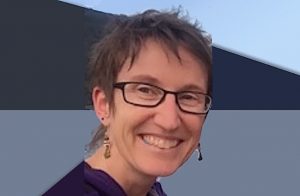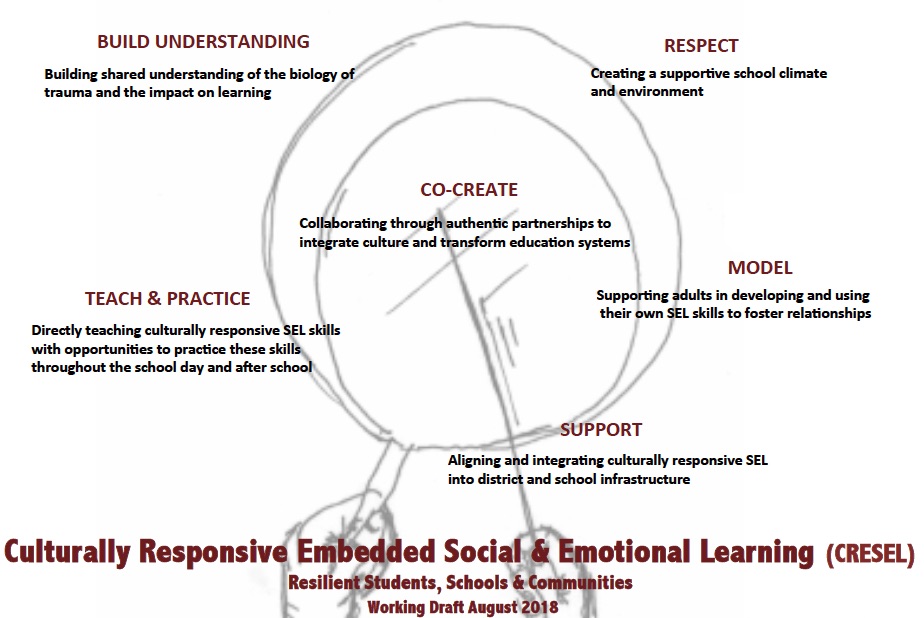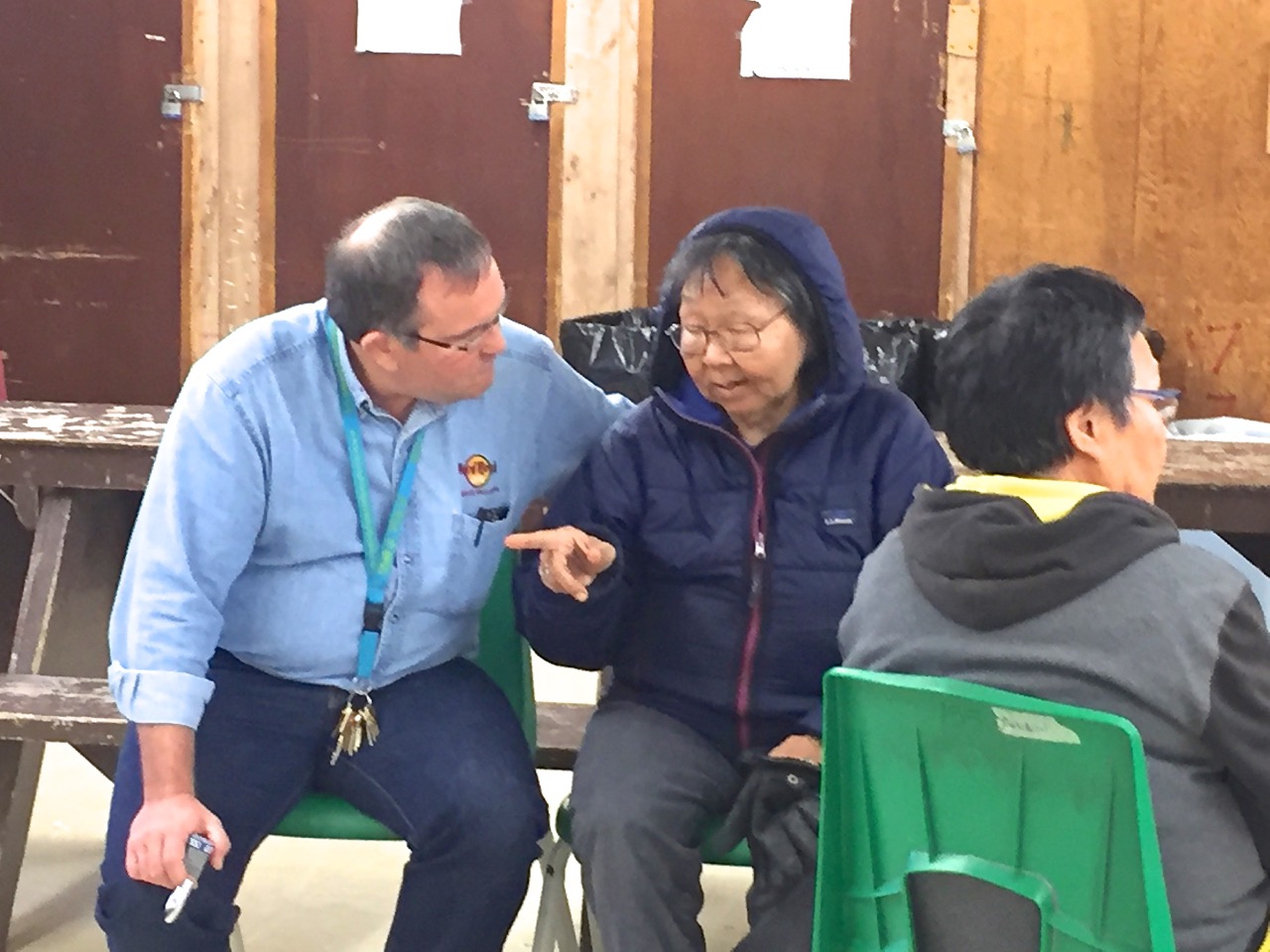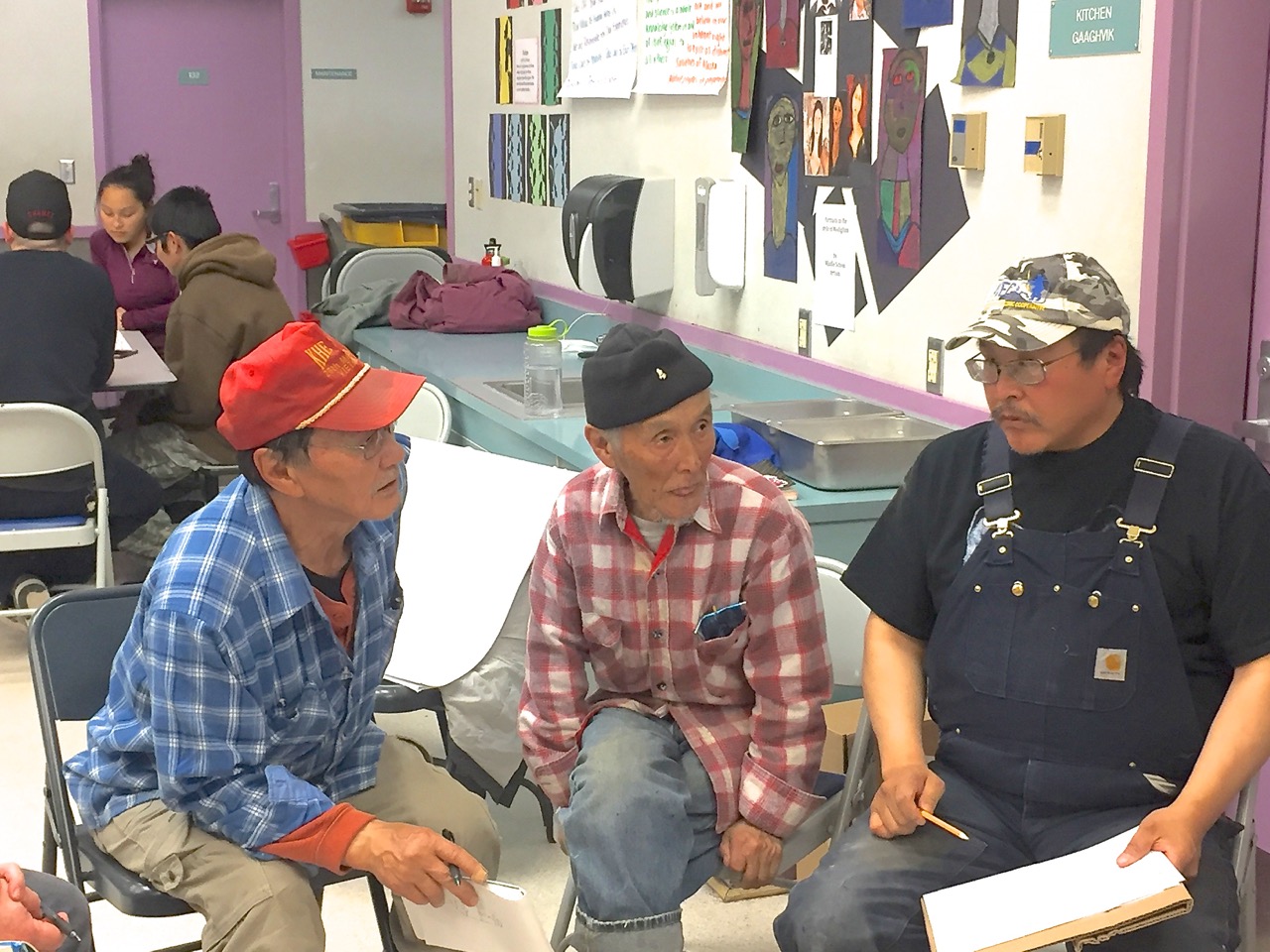Culturally Responsive Embedded Social and Emotional Learning: A Comprehensive Approach to Building Skills for Life

By Heather Coulehan, Alaska ICE Social and Emotional Learning Coordinator
“Liitukut Sugpiat’stun –
We are Learning to be Real People”
– from “Qik’rtarmiut Sug’ucirpet, Kodiak Alutiiq Values”, Alutiiq Museum, Kodiak, Alaska
Seven school districts across Alaska – Bering Strait, Hydaburg, Kodiak, Lower Yukon, Nome, Sitka, and Yukon Koyukuk – are integrating culturally responsive social and emotional learning into their district and schools as part of a holistic approach. The districts are working in partnership with their communities, AASB, the Alaska Afterschool Network, First Alaskans Institute and other state and regional partners on a grant from the Investing in Innovation (i3) program with the US Department of Education. The i3 program funds innovative practices that improve student achievement and can serve as models of best practices for other sites across the country.

A Community Conversation in Gambell facilitated by First Alaskans Institute and AASB
Social and emotional learning (SEL) supports children, youth and adults in developing skills for life and school. It reaches beyond classrooms to teach the skills we each need to successfully manage life tasks. Culturally responsive embedded social and emotional learning (CRESEL) helps students effectively master these in ways that are defined by and consistent with their community and cultural context.

Gambell young people add their perspectives to the conversation.
In September, the CRESEL champions and learning community came together in Anchorage to deepen their understanding and share their approaches for CRESEL. The Lower Yukon School District shared their definition of CRESEL, the process that, “binds and nurtures the wisdom of elders to younger generations, empowering and preparing them to live and learn successfully, through the teachings and values of Yup’ik traditions, Yugtun (Native Language) and Yuuyaraq (Way of Life). This includes:
- Taking care of each other and helping one another.
- Having respect for land, family, beliefs, and the things around you.
- Feeling connected socially, spiritually, physically.”

Six word stories written by Stebbins youth.
So often in Alaska, we adopt approaches from the Lower 48 that may or may not actually fit our communities. CRESEL districts continue to learn, share, and improve their work together through this statewide learning community. CRESEL is the opportunity to design and share approaches that work for Alaskans, because Alaskan districts, schools, and communities are co-creating the model together. CRESEL is a framework, not a program. The core components are the same for each district, but what the components look like and the way in which each district puts the pieces together is unique based on their community. The core components in CRESEL include:
- Hosting community conversations to define and co-create CRESEL guided by the community and culture
- Understanding the impact of trauma on learning and supporting resilient learners
- Building a positive school climate and strengthening caring relationships
- Directly teaching CRESEL skills and using teaching practices that support CRESEL skill development in academic classes
- Integrating CRESEL into positive behavior supports and other school/district infrastructure
- Partnering with afterschool activities, sports and families to reinforce CRESEL in out of school time

.
Social and Emotional Learning Works!
Research indicates that students receiving quality SEL instruction, demonstrated:
- 11 percentile point increase on achievement scores;
- Greater motivation to learn, deeper commitment to school, and better classroom behavior.
Even 3.5 years after SEL instruction, students demonstrated increases by:
- 13 percentile points on achievement scores;
- 6 percent in high school graduation rates: and,
- 11 percent in college graduation rates.

A Stebbins resident makes a point during a Community Conversation.
The School Board’s Role in CRESEL
School boards have a role in CRESEL and creating conditions for learning. In the December 2017 edition of Commentary, Zaretta Hammond, keynote speaker of the 2017 AASB Annual Conference and author of Culturally Responsive Teaching and the Brain, posed the question, “How can school boards create the conditions so that schools can integrate social-emotional learning … with culturally responsive practices that create high trust/ low-stress environments, re-build the natural confidence of the most marginalized students, and improve their ability to turn inert facts into usable knowledge?”
The Board Standards: A Framework for Alaska School Boards, offers two areas to consider in answering this question.

Gambell elders engaged in a discussion.
Vision
School boards create a shared vision to enhance student achievement. When culturally responsive social and emotional learning is seen as a resource for moving the district’s vision and priorities forward, it can be a tool for districts to get where they already want to go. Culturally responsive social and emotional learning creates a safe learning environment and develops the skills in both students and adults to foster student achievement. Consider these questions about how culturally responsive social and emotional learning could be aligned with your shared vision to enhance student success.
- What is being done in our district to promote student achievement?
- How could culturally responsive social and emotional learning deepen the impact of what we are already doing?
- What does the data tell us about our progress toward our vision for student achievement?
- How could culturally responsive social and emotional learning help move us toward our vision?

Stebbins elders discuss the importance of Yup’ik language.
Conduct-Ethics
Children and youth look to the adults in their lives to understand what social and emotional learning looks like in real life. The board standard focused on conducting the business of the district in a fair, respectful and responsible manner speaks to the SEL skills board members need to model themselves. Consider these questions about how your board models SEL skills.
- What agreements have we as a board made about how we will interact as a board and with the community?
- How do we model the social and emotional skills we are asking students to learn?
- What messages do students, families, and staff receive based on our behavior as a board?
CRESEL at the 2018 AASB Annual Conference
Are you interested in considering the CRESEL process to improve conditions for learning in your district? Lower Yukon School District (LYSD) Superintendent, Hannibal Anderson, will be facilitating a breakout session during this year’s AASB Annual Conference. The session will focus on lessons learned by LYSD as they partnered with Elders, classified staff, families, educators, the community, and students themselves to co-create what it means to be a genuine Yup’ik person.
Contact
Heather Coulehan, SEL Coordinator, hcoulehan@aasb.org (907) 463-1660
Research Citations:
Durlak, et al. (2011) “The Impact of Enhancing Students’ Social and Emotional Learning: A Meta-Analysis of School-Based Interventions.” Child Development, Volume 82, Number I, Pages 405-432. Casel.org
Durlak, et al. (2017) “Promoting Positive Youth Development Through School-Based Social and Emotional Learning Interventions: A Meta-Analysis of Follow-Up Effects” Child Development, Volume 88, Issue 4, July/August 2017, Pages 1156–1171. http://onlinelibrary.wiley.com/doi/10.1111/cdev.12864/full
# # #

